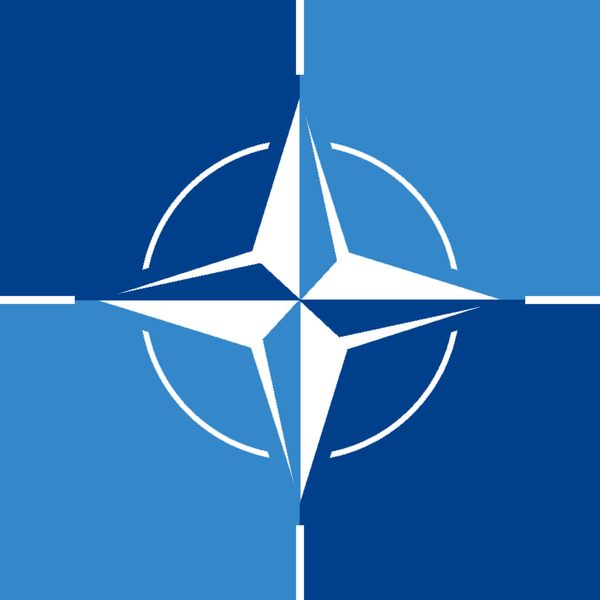 They tell me that NATO is 70. NATO is not aging well, to say the least. In fact, I wonder if NATO will make it successfully to 75! Maybe — but it may look a lot different.
They tell me that NATO is 70. NATO is not aging well, to say the least. In fact, I wonder if NATO will make it successfully to 75! Maybe — but it may look a lot different.
Seven decades on, NATO has grown to include 29 nations. But its strength, and the commitment of its members to mutual security, is very much in question, as a new poll commissioned by CKI and RealClearPolitics to mark the anniversary makes evident.
As the story points out, frustration with NATO was alive and well before President Trump. We recall that President Obama grew frustrated with NATO as well:
Obama’s relationship with NATO declined as his frustrations grew over European allies’ lack of response to the turmoil in Libya, prompting him to refer to them as “free riders.” Although the 2 percent of GDP spending for NATO is only a guideline, not a requirement, for member states, Europe’s contribution has fallen perilously short. Obama’s critique of Europe’s response to the Libya situation exposed a perhaps more significant shortcoming among NATO nations than just spending: a lack of resolve.
Trump’s harsh rhetoric has taken the NATO debate to an entirely new level. Throughout much of 2018, he went so far as to threaten to pull the U.S. from the alliance.
NATO was designed as a Western alliance against the USSR. It worked well because there was a goal of containing communism and the U.S. was willing to lead the way and push back on Soviet expansionism.
Going forward, NATO won’t survive as an alliance if the U.S. continues to do all the heavy lifting. In 1949, it made sense to some voters to defend Europe after it was devastated by World War II. In 2019, it makes no sense to defend prosperous countries that would rather spend money in social programs.

